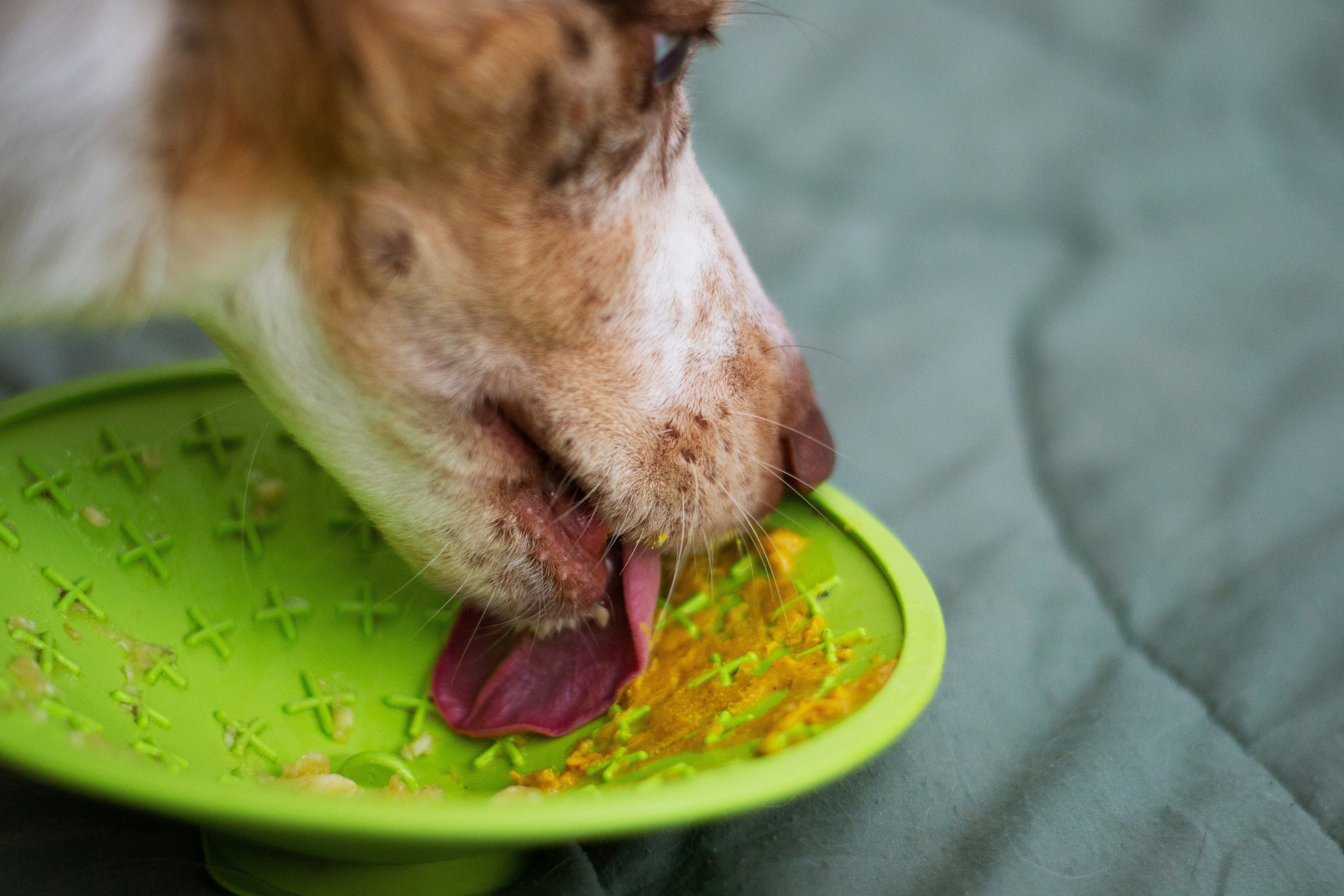For pet parents, the prospect of their dog having puppies can be both exciting and daunting. One of the first and most fundamental questions that arises is about the timeline. Understanding the dog gestation period is crucial for providing the right care, preparing for the birth, and ensuring the health of both the mother and her future litter. This complete guide will walk you through every stage of dog pregnancy, from conception to birth, helping you navigate this special time with confidence.
Index
• Understanding the Dog Gestation Period
• Week-by-Week Timeline of Dog Pregnancy
• Dog Fertility, Reproduction, and Heat Cycle
• Dog Gestation Period Calculator
• Key Takeaways and Practical Tips for Dog Owners
• Special Cases and Related Animals
• Conclusion
Understanding the Dog Gestation Period
What is the dog gestation period?
The dog gestation period is the length of time a female dog is pregnant, starting from conception and ending with the birth of her puppies.
Dog pregnancy gestation period explained:
This period is driven by hormonal changes that support the development of the embryos in the uterus. Unlike humans, this timeline is much shorter and more condensed.
Average dog gestation period and how it varies:
The average gestation period for a dog is about 63 days, or nine weeks. However, this can vary slightly, typically ranging from 58 to 68 days. The variation often depends on the litter size and the dog’s breed.
Gestation period of dog in weeks vs. months:
◦ In weeks:
The most common way to measure is in weeks, with the average being 9 weeks.
◦ In months:
This translates to roughly two months.
How long is the gestation period for a dog?
On average, 63 days.
How many months is a dog pregnant for?
Approximately two months.
Are dogs pregnant for exactly 9 weeks?
Nine weeks is the average, but it’s not always exact. The delivery date can be a few days earlier or later and still be considered normal.
Female dog gestation period: key differences by breed size:
While the 63-day average holds true for most breeds, there can be slight variations.
◦ Small dog gestation period: Small breeds may sometimes have slightly shorter gestation periods and tend to deliver a day or two earlier than large breeds.
◦ Large dog gestation period: Large and giant breeds might carry their puppies for a day or two longer.
◦ Boxer dog gestation period: Boxers typically follow the standard 62-64 day average.
◦ Bernese Mountain Dog gestation period: As a large breed, a Bernese Mountain Dog might have a gestation period on the longer side of the average, closer to 65 days.
Week-by-Week Timeline of Dog Pregnancy
Dog pregnancy period week by week
| Week 1-2 | Fertilization occurs. The embryos are still in the oviducts. No outward signs are visible. |
|---|---|
| Week 3 | Embryos travel to the uterus. Your dog might show the first subtle signs, like mild morning sickness or decreased appetite. |
| Week 4 | The embryos implant in the uterine wall. A vet can now often detect the pregnancy via ultrasound. |
| Week 5 | Fetuses begin to develop organs. The belly will start to show, and nipples may become more prominent. |
| Week 6 | The puppies' skeletons, claws, and coat develop. The abdomen becomes firmer and more enlarged. |
| Week 7 | The puppies are well-developed. You might even be able to feel them move in the mother's belly. |
| Week 8 | Nesting behavior begins. The mother may start looking for a quiet, safe place to give birth. |
| Week 9 | Labor is imminent. The mother's temperature will drop about 12-24 hours before birth. |
Gestation period for a dog to have puppies — what to expect at each stage
The first month shows few external changes. The second month is when rapid development occurs, with visible belly growth and behavioral changes like nesting. The final week is all about preparation for birth.
Dog puppy gestation period milestones
Key milestones include embryo implantation (week 4), fetal heartbeat detection (around day 25), and skeleton calcification visible on X-ray (after day 45).
Dog Fertility, Reproduction, and Heat Cycle
Dog fertility: when female dogs can get pregnant
A female dog can only get pregnant during the “estrus” phase of her heat cycle, which is when she is fertile and receptive to mating.
Dog heat and reproduction explained
The heat cycle (estrous cycle) has four stages. Estrus is the fertile window, typically lasting 5-10 days. This is the only time she can conceive.
How soon after mating is a dog pregnant?
Fertilization can happen within minutes to hours after mating, but the official “start” of pregnancy is considered the day of ovulation, which happens during the estrus phase.
Can a dog get pregnant 2 months after giving birth?
Yes. A dog can go into heat again as soon as 2-3 months after giving birth, and if she mates during that heat cycle, she can become pregnant again. However, back-to-back pregnancies are very taxing on a female’s body and are generally not recommended.
Can my dog get pregnant at 4 months?
It is highly unlikely but not impossible for some small, early-maturing breeds. Most dogs have their first heat cycle between 6 and 15 months of age. Mating at such a young age is dangerous and unhealthy.
Can a dog have a psychological pregnancy after heat?
Yes. This is called pseudopregnancy or false pregnancy, and it’s quite common. The dog’s body produces hormones that mimic pregnancy, leading to physical and behavioral signs like nesting and milk production, even though she is not pregnant.
Dog Gestation Period Calculator
How to use a dog gestation period calculator
These online tools require you to input the date of mating. The calculator then adds the average 63 days to provide an estimated due date. Popular examples include the AKC's Whelping Date Calculator, PetMD's Pregnancy Calculator, and breed-specific tools offered by kennel clubs that account for slight breed variations..
Estimating the due date accurately
While calculators are helpful, the most accurate methods are veterinary diagnostics. An ultrasound can confirm pregnancy and estimate the age of the fetuses, while an X-ray in the final weeks can confirm the number of puppies and their development, giving a better indication of the delivery window.
Domestic dog gestation period vs. wild dog gestation period
The gestation period is fairly consistent among canids. For example, the African wild dog has a gestation period of about 70 days, which is only slightly longer than the domestic dog’s.
Key Takeaways and Practical Tips for Dog Owners
Signs of pregnancy to watch for
• Increased appetite
• Weight gain
• Enlarged nipples
• Swollen belly
• Nesting behavior in the final weeks
Caring for your dog during each gestation phase
Provide high-quality puppy formula food in the second half of the pregnancy to meet her increased energy needs. Ensure she has a comfortable, quiet space. Moderate exercise is good, but avoid strenuous activity.
When to consult a vet
A vet should confirm the pregnancy and provide guidance on nutrition and care. It’s also crucial to have their contact information ready for the birth in case of complications.
Tracking tools and resources for better planning
Use a calendar or a pet-specific app to track the weeks and prepare for the “whelping” (birthing) day.
Special Cases and Related Animals
Psychological pregnancy in dogs (pseudopregnancy)
A hormonal condition where a non-pregnant dog shows signs of pregnancy. It usually resolves on its own but can require veterinary intervention if severe.
Prairie dog gestation period — not actually domestic dogs!
It’s important not to confuse them. Prairie dogs are rodents, not canines, and have a much shorter gestation period of about 30-35 days.
African wild dog gestation period
Around 70 days.
Gestation period of elephant, dog and cat compared
| Dog | ~63 days |
|---|---|
| Cat | ~63-65 days |
| Elephant | ~640-660 days |
What animal is pregnant the longest?
The elephant holds the record for mammals. However, the frilled shark can have a gestation period of up to 3.5 years.
Conclusion
The dog gestation period is a remarkably fast and fascinating journey. In just nine weeks, a new litter of puppies develops and comes into the world. For owners, this means being prepared is key. By understanding the week-by-week timeline, providing excellent nutrition and veterinary care, and creating a safe environment for birth, you can ensure a healthy and positive experience for your beloved dog. Always work closely with your veterinarian to navigate this special time and prepare for the arrival of the new puppies.





Leave a comment
This site is protected by hCaptcha and the hCaptcha Privacy Policy and Terms of Service apply.